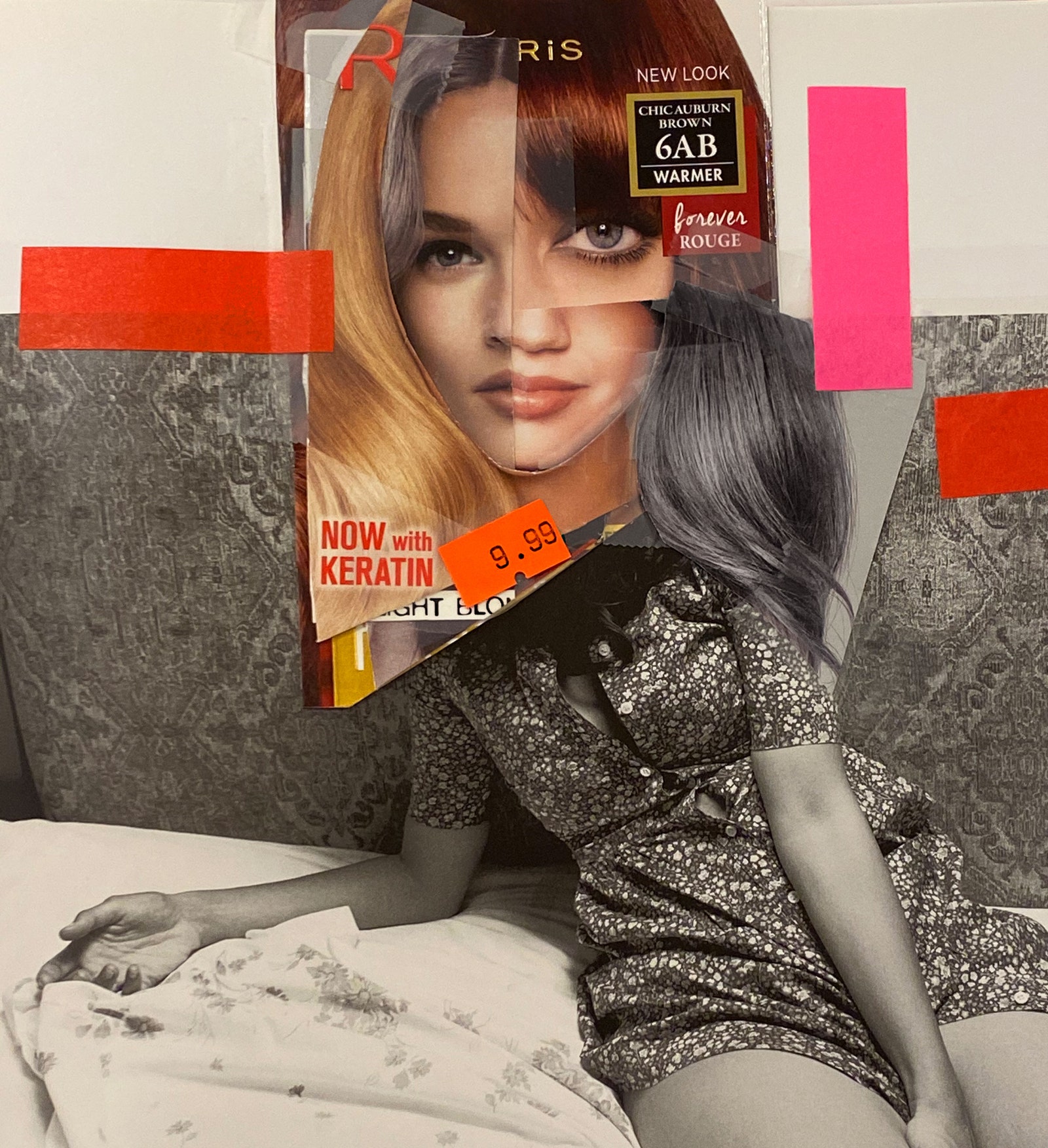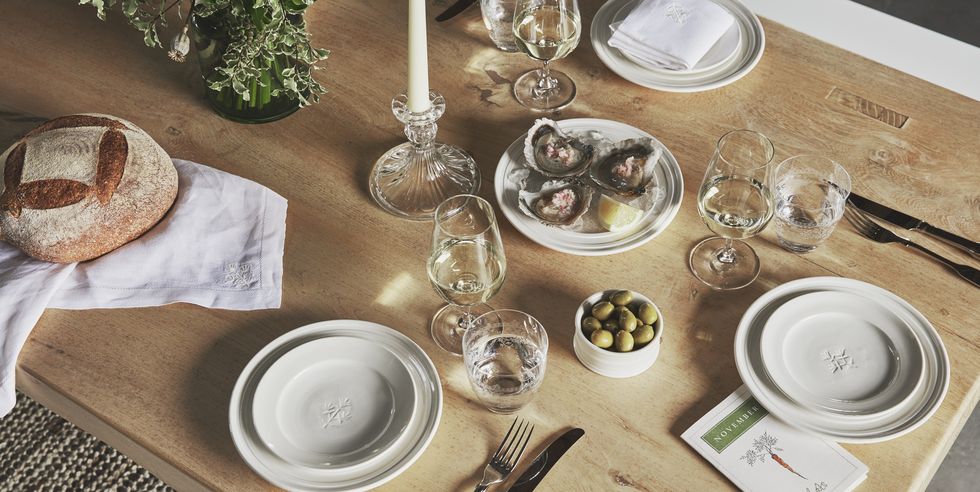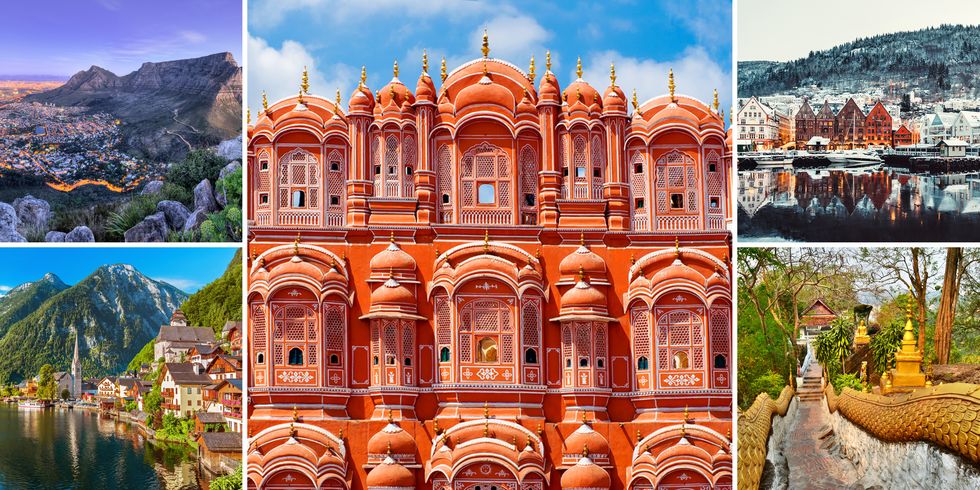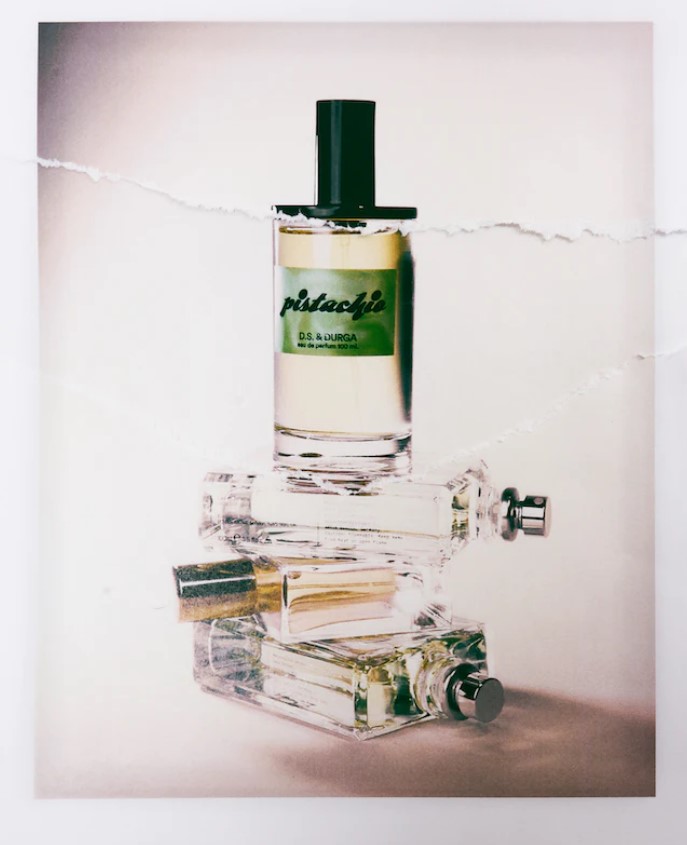How long does it take to make or break a habit? A decade ago Phillippa Lally, Ph.D.,a researcher at University College London, led a major study showing that people need, on average, 66 days to change their ways. I was reminded of this 60-ish days into my own pandemic-induced seclusion, after fleeing my small apartment in Manhattan to join friends at their home in upstate New York. As the novelty of sheltering in place wore off (I, too, grew sick of baking and binge-watching) and I adapted to my newly rural lifestyle, I became preoccupied with the question of who, exactly, I would be if and when I returned to my “normal” life—and beyond that what, exactly, I’d look like.
After months of no gyms, no manicures, no bikini waxes or Botox injections, women across America have been grappling with the same question. Are we on the verge of adopting an easygoing new attitude toward beauty and fitness? Or, as soon as we’re given the chance, will we re-embrace old habits, racing back to our trainers and colorists in order to drop the weight we put on in quarantine and touch up our collective roots? I miss the old me—the lipsticked, hair-blown-out person who started her day with the stern alarm clock of a reformer class at New York Pilates and a takeaway coffee from the neighborhood place where the baristas knew both my order and my name. But I’ve also grown fond of the new me, who rises with the sun and, three mornings per week, laces up her sneakers for a lengthy head-clearing run in the woods. Other mornings I’m awakened by my friends’ toddler, who likes to climb into my bed while I’m still dozing and demand we put on red lipstick. It’s the only time I wear makeup these days.
“This whole experience has definitely made me question my beauty routine,” notes Annie Schmidt, 37, vice president at an entertainment company based in New York, Los Angeles, and London. “If I don’t need to put on a full face of makeup to do a meeting over Zoom, why should I have to when we go back to meeting in person?” Schmidt’s comments track with the 22 percent decline in makeup sales in the first quarter of the year compared with a year ago—and with prognostications, like those of McKinsey analysts, anticipating an even steeper drop if working from home and mask-wearing remain commonplace. It’s not that there’s no point making up a face that won’t be seen; it’s that this unseeing is forcing us into a beauty version of what Nietzsche termed a “revaluation of values.” All that stuff we did to self-optimize—did it matter? And who was it really for?
Schmidt’s take is clarifying. While she may be ready to forgo foundation and eyeliner, she mourns the loss of her signature eye-popping gels, which East Village nail artist MoMo used to apply every three weeks or so. “Listen—I love those nails, but I also love MoMo,” Schmidt says. “I’d be in her tiny salon for hours at a time, gossiping. It’s really hard for me to imagine my life without that.” A similar wistfulness has Melanie Kimmelman eager to return to her Rumble Boxing classes ASAP. Pre-pandemic, the 32-year-old publicist hit the Upper East Side studio several times a week—and the Zoom sessions she helps organize, led by Rumble trainer Dale Santiago, only partly fill the void, she admits. “I miss the actual workout—I don’t have a hanging water bag in my apartment—but I also miss the people,” says Kimmelman. “Just walking in and seeing familiar faces—that meant a lot to me.”
Kimmelman’s words hit home. I started going to New York Pilates so I could strengthen my core and tone my ass, but I kept at it because the community at my studio was enormously grounding. There was an ambient comfort in knowing, for instance, that I’d usually see the same 10 people in Kai-Ting’s Advanced Technique class on Tuesdays—and that, without our ever becoming friends per se, that hour of planking and pliéing was “our thing.” It’s impossible to re-create that virtually, though I do get a little frisson of excitement whenever NYP founder Heather Andersen posts a mat workout to Instagram, and there are names I recognize in the comments feed. Andersen is currently converting NYP’s Montauk space into a digital studio, in recognition of the fact that physical reopening may be a long time coming. And even then, she tells me, it’s not like the studio experience will be just as I remembered it. “There will be so many new protocols, from how you space reformers to the way you sanitize between classes,” she points out. “And people are going to be nervous.” Some of her clients may, of course, stay away; not me. Though I’d be loath to give up my running routine at this point, I’ve realized that when I do Pilates, I feel like me.
Super-stylist Kate Young has also been sheltering upstate, and a few weeks into quarantine she was faced with the dilemma of what to do about her signature peroxide-blonde hair. Grow it out? Wear a turban? “In the end, I felt like—you know what? This is my thing.” So Joe Martino, Young’s longtime colorist at Orlo Salon, sent her the necessary supplies and coached her through the bleaching process over FaceTime. “I was terrified,” Young says of doing her color herself. “But when I woke up the next morning and looked in the mirror, and my hair was my hair, I’ve never felt so goddamned pretty in my life.”
It’s this longing to affirm a pre-pandemic identity that’s driven many of us to beg favorite service providers for guerrilla appointments, shelter-in-place orders be damned. MoMo, Schmidt’s manicurist, reports that she had around a dozen requests from women “who wanted me to risk my life, and everyone’s life, to come do their nails,” while facialist Joanna Czech had to explain patiently to countless clients that her studios in Dallas and New York would be closed until she considered it safe to reopen. “I refuse to make anyone sick,” says Czech. “If I have to look like I’m about to walk on the moon when I finally do my next facial? Fine. But if you look on social media,” she adds, “you can tell there are doctors making house calls for filler and Botox”—something Simon Ourian, M.D., cosmetic dermatologist to the Kardashian-Jenner clan, says he refused to do, though he acknowledges he received plenty of requests. When I spoke to him in early June, Epione, his Beverly Hills medical spa, was reopened for limited business and already booked solid months in advance. “I haven’t had any calls from clients who are saying, ‘You know what? I don’t need this anymore,’ ” Ourian tells me. “But then again, those wouldn’t be the people calling me.” The ones who are calling—and who were calling throughout California’s shutdown, he continues—are doing so less out of vanity than a desire for “normality.” “When people feel they don’t have control over things they can’t change, they take greater control of the things they can,” Ourian says. “And personal appearance is one thing you can change.”
But should we? That’s where the revaluation of values comes in: There’s no way the upheavals wrought by this pandemic won’t scramble some of society’s beauty norms, just as World War I galvanized women to trade out Gibson-girl pompadours for undemanding bobs. “Maybe this disruption will be similar in that it will prompt women to want a lower-maintenance look,” suggests Whittemore House salon cofounder and colorist Victoria Hunter, who also points out that the salon experience in the immediate future will likely be very different from what it’s been. Hair dryers could be verboten (out of fear—possibly unfounded—that they spread germs), and temperature checks upon entry may be mandatory, with stylists potentially kitted out in full PPE. The rigmarole associated with leaving the house for a workout you could do from home—or a touch-up that could wait—may induce women to retain some of the laissez-faire they cultivated during the COVID-19 quarantine. And if so, that might be a nice silver lining of this crisis—women emerging a touch gentler on themselves, more forgiving of fine lines and gray hairs and less consumed by the need to appear flawlessly contoured in selfies. But eschewing the stuff we felt like we had to do for perfection’s sake doesn’t mean we must give up on the rituals that make us feel good. I may have permanently given up on shaving my armpits—we’ll see!—but I cannot wait for my next eyebrow-shaping appointment with Jimena Garcia (I’ve been taking care not to over-tweeze), and my morning lipstick sessions have made me even more obsessed than I was with perfecting the ruby-red pout. Old habits die hard. Especially ones we never wanted to give up in the first place.
Originally posted on ‘VOGUE’ by Maya Singer.





No Comments